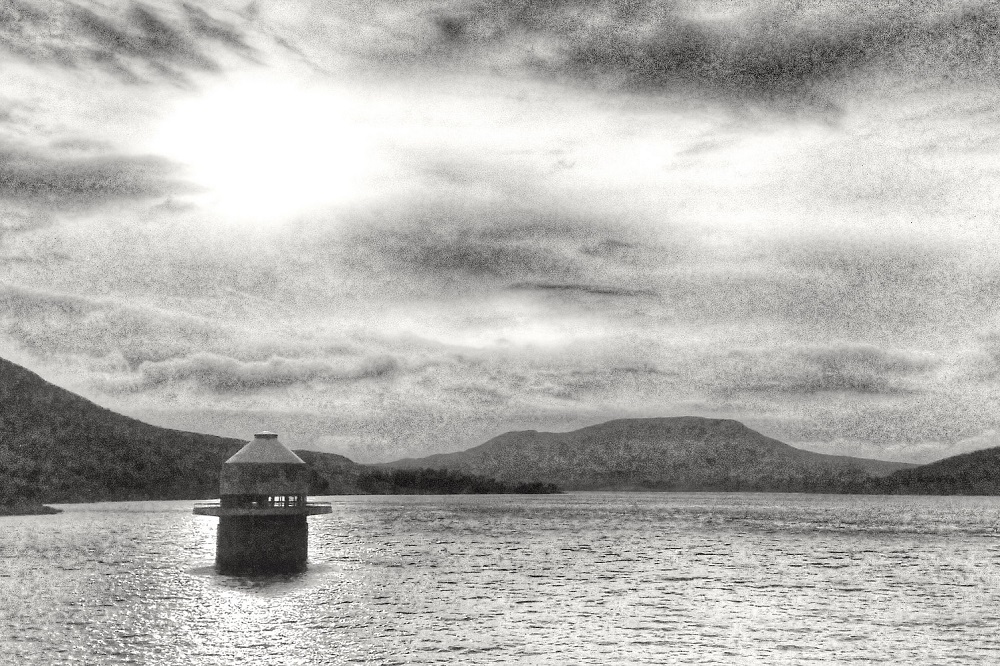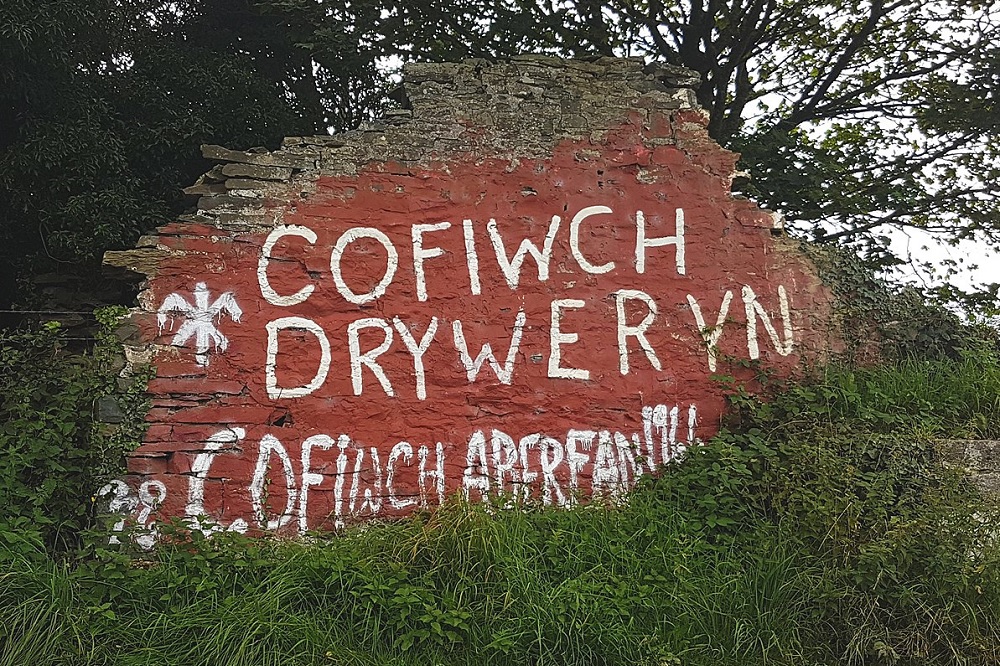We must defend the Tryweryn mural – we can’t know who we are if we don’t know our history

Bethan Sayed AM, Chair of the Culture, Welsh Language and Communications Committee
On Sunday the iconic Cofiwch Tryweryn mural near Llanrhystud in Ceredigion was defaced once again.
The wall has been subject to vandalism more times than anyone can count. It has become almost a running joke, although the cultural and historical significance of the mural and the words painted upon it means that any vandalism feels like a kick in the teeth.
To vandalise it demonstrates a fundamental lack of awareness of or care towards the drowned communities that the wall represents.
In a sense, painting and repainting the wall has almost become a symbolic ritual in itself – an act of cultural resilience and a stubbornness to never forget what we’ve lost. Because to those who know the background behind it, the wall represents something much more central in the history of Wales.
The wall and the drowning of Capel Celyn remains an act of colonial aggression against Wales and its communities.
Members of Plaid Cymru and those of us in the national movement will be well aware of the story.
In 1965, Liverpool City Council needed a new water supply and the village of Capel Celyn, a Welsh-speaking community, was drowned – despite the objection of every single Member of Parliament from Wales.
By obtaining an Act of Parliament, Liverpool City Council was able to bypass normal planning conditions and any attempt by local government to block the reservoir from going ahead.
It crystallised our lack of power and the lack of respect shown to us by those in government in London.

The drowning of the village and the creation of the reservoir was also a key driver in sparking a re-awakening of a national movement and consciousness across Wales.
I was not taught about what happened to Capel Celyn when I was in school. In fact, it wasn’t until much later in life I heard the story of Tryweryn and the community drowned to provide water for Liverpool.
To this day, Welsh history is still not adequately taught in schools and Plaid Cymru has long called for the better teaching of Welsh history at schools with a real focus on what has shaped who we are as a nation. Too often, Welsh history is merely taught as an adjunct to a British-centric view of history.
Yesterday, I wrote to Welsh Government Culture Minister, Dafydd Elis Thomas suggesting he award the wall an official heritage or protected status.
There are a myriad of statues and monuments in Wales dedicated to the imperial adventures of the British Empire. But statues that recognise our Welsh experience are few and far between.
Where are the monuments and memorials to recognise the communities in Wales who have suffered or lost to empire? Epynt. Claerwen. Elan. Llanwyddyn. The Somali communities in south Wales.
The memorial to Tryweryn sculpture by John Meirion Morris currently on display at the National Museum in Cardiff, for example, gives us an idea of what we could do to keep our collective memory alive.
It’s certainly a debate that’s long overdue.
We can never protect the Tryweryn mural indefinitely from vandalism. But what we can do is give this iconic landmark the recognition it deserves and ensure generations to come remember the struggles and histories of the past.
After all, we cannot know who we are – or where we are going – if we don’t know our own history.
Support Nation.Cymru’s work? We’re looking for just 600 people to donate £2 a month to sponsor investigative journalism in Wales. Donate now!
Support our Nation today
For the price of a cup of coffee a month you can help us create an independent, not-for-profit, national news service for the people of Wales, by the people of Wales.




